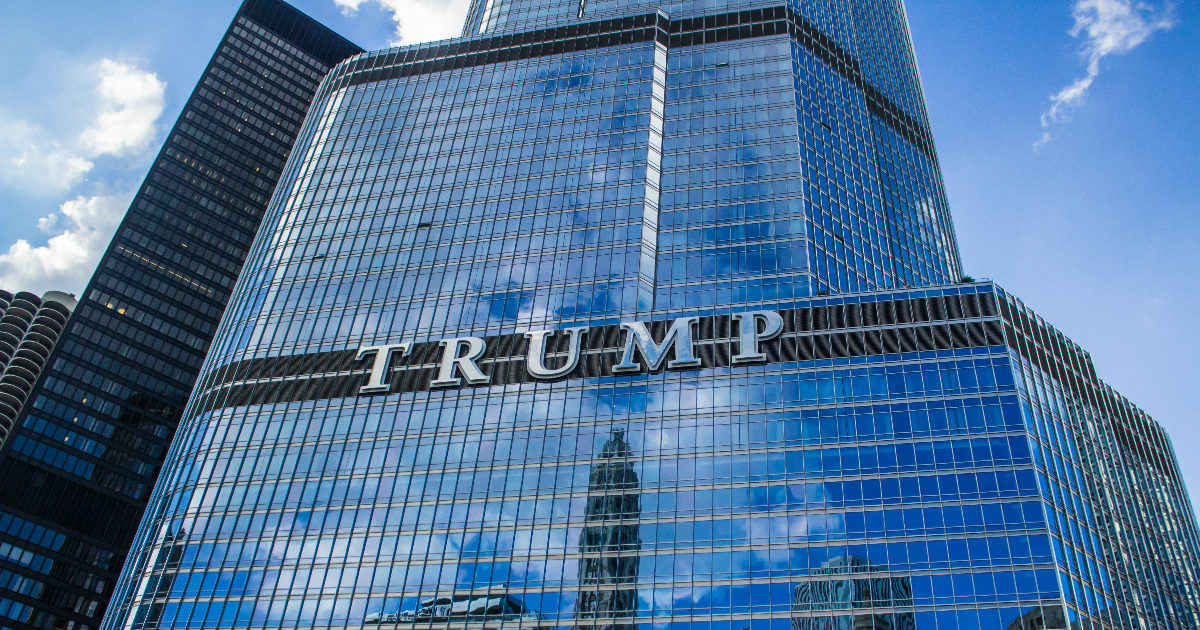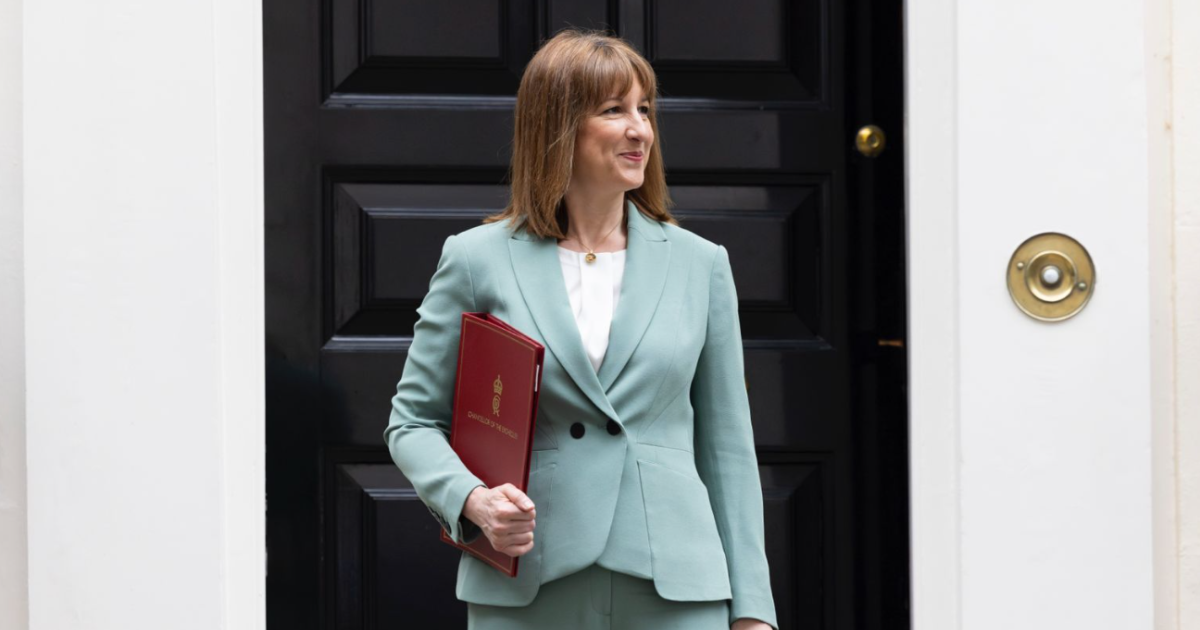The Trump Administration has taken its trade policies to a high level by imposing unilateral tariffs of up to 70% effective August 1. After taking a pause due to the “Liberation Day” tariffs put forth in April and a 90 day period of moratorium, President Trump has re-introduced these tariffs to use as a bargaining chip to accelerate the global trade negotiations.
Trump’s Tariff Tactics: Leverage or Aggression?
Trump’s announcement consists of informing 12 large trading partners with tariff letters with rates from 10% to 70% on target imports related to copper, pharmaceuticals, automobiles, semiconductors, etc. The official summer deadline of August 1, replaces the previous target of July 9, allowing time for these nations to reach agreements.
Commerce Secretary Howard Lutnick also confirmed that while there will be a seven times maximum rate, there will always be a 10% base tariff universally, beyond which higher rates will be country and product specific.
He also said that delay allows countries more time to negotiate. Yet, critics say threats of tariffs could destabilize global supply chains and negatively impact American consumers and exporters.
EU on Its Toes: Seeking a “Mini‑Deal”
In response, the EU has stepped up discussions and is looking for a limited framework agreement by August, which may sustain a 10% baseline, while allowing for temporary exemptions and protections especially in steel and autos.
Nonetheless, EU officials admit that these terms could be unfavorable when compared to the UK deal, which could still leave agrifood products subject to tariffs of 17 percent and spikes of as much as 50 percent or more without an agreement. EU trade chief, Maroš Šefčovič states that progress has been made on a common statement allowing for more in-depth long term negotiations.
With less than a month left, the world is watching closely as Trump uses aggressive economic leverage to reshape U.S. trade relations.




